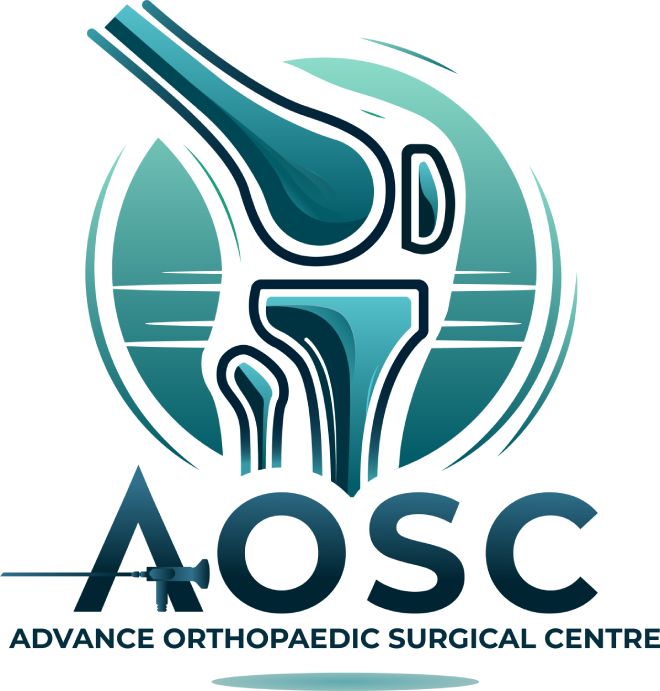
Important Do’s and Don’ts After ACL Surgery: What You Need to Know
1. Wearing a Knee Brace in the Initial Weeks A knee brace is essential during the first 3-4 weeks after ACL surgery to protect the reconstructed ligament and aid healing. It prevents accidental damage during movements when the knee may not yet be stable. The brace also helps reduce swelling and promotes ligament recovery. Always consult your doctor to know when it’s safe to stop using the brace, as additional time may be necessary for some cases.
2. Avoid Over-Pampering Children Post-Surgery Over-pampering children after surgery can hinder their recovery. Excessive rest may lead to laziness, reduced muscle control, and weakened leg strength, increasing the risk of future complications. Encourage children to actively participate in physiotherapy and engage in activities that strengthen their muscles to ensure proper recovery and long-term joint stability.
3. Commit to Physiotherapy for Optimal Recovery Consistent physiotherapy for 1-2 hours daily over at least 3 months is crucial for a full recovery. Inadequate rehabilitation can lead to knee stiffness, poor recovery, or fixed flexion deformity, which may alter normal gait. The focus should be on restoring full knee extension and addressing quadriceps muscle atrophy. Achieving complete knee function may take several months, so patience and dedication to physiotherapy are essential.
4. Avoid Following Incorrect Physiotherapy Protocols Physiotherapy is vital for accelerating recovery after ACL surgery. Following unverified or self-designed protocols can negatively impact your healing. Always consult a qualified physiotherapist for the correct exercise regimen and adhere to it consistently for the best results.
5. Caution with Early Return to Sports Returning to sports too soon after ACL surgery can jeopardize your recovery and career. Athletes should undergo a return-to-sports fitness test before resuming professional activities. If you feel unprepared, consult your doctor to avoid long-term damage. Only resume sports after clearing the necessary fitness assessments.
6. Proper Rest for Multiligament Tears Early mobilization after multiligament injuries, such as an ACL tear with meniscus damage, can lead to surgical failure. Rest periods should align with your surgeon’s advice. Strictly follow their recommendations, even if minimal movement is prescribed, for optimal outcomes.
7. Start Physiotherapy Without Delay Physiotherapy should begin immediately after surgery, ideally on the first day. Delaying therapy can lead to knee stiffness, reduced range of motion, pain, or even re-injury. Adhering to your surgeon’s physiotherapy timeline is key to a successful recovery.
8. Maintain a Nutritional Diet A balanced diet rich in proteins, vitamins, and calcium is essential for recovery. Focus on protein and vitamin intake during the initial months, increase iron and calcium intake between 6-8 weeks post-surgery, and prioritize weight management and bone health with adequate vitamin D3 after 8-12 months. Consult your surgeon for a detailed diet plan.
9. Avoid Open Chain Exercises Avoid exercises that stress the ACL, such as running, jumping, or twisting movements like squats and lunges. Stick to closed chain exercises like leg presses, stair climbing, elliptical machines, or stationary bikes, which are safer and more effective after surgery.
10. Stay in Regular Contact with Your Surgeon and Physiotherapist Maintain regular communication with your ACL surgeon and physiotherapist throughout your recovery. They will guide your rehabilitation, track your progress, and provide adjustments to your treatment plan as needed. Consistent physiotherapy to strengthen the muscles around your knee is crucial for a full recovery.






